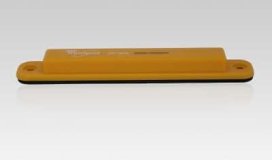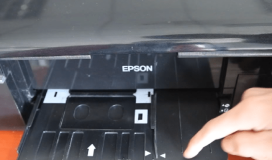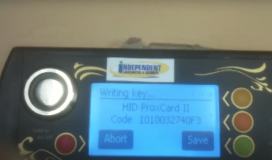RFID or Radio Frequency Identification tags are some of the best technology devices available today. These are in-actual such small adhesive tags that are used as electronic devices and have capability of storing data of about 2000 bytes. Data is stored and captured on these devices electromagnetically and can be read very conveniently on display devices such as mobiles, laptops, tablets, etc.
RFID tags can be broken up into 3 sections depending upon their frequency ranges.
1.Low Frequency (LF) - LF RFID cover a frequency range from 30KHz to 300 KHz. The usual range for LF RFID system is 125 KHz.
2.High Frequency (HF) - These tags operate between the frequencies 3 and 30 MHz and most of the HF RFIDs operate at 13.56 MHz.
3.Ultra High Frequency (UHF) - These are the tags that support high frequencies ranging from 300 MHz to 3 GHz. For RFID, the usual ranges are 868 MHz and 915 MHz.
Out of aforementioned categorization, the LF RFID tags are the ones which are mostly used by a lot of sectors. These 125khz RFID sticker have the desirable frequency which has made tracking in industries like logistics and transportation very easy. When a lot of goods are transported from one destination to another, keeping a track of them is the responsibility of the transport company. In order to control the route of these vehicles that are being used to transit the goods, these 125khz RFID sticker tags can be attached to the vehicles to keep a trail of it. Even the manufacturers of the products attach the stickers to their batches of products to have a complete track of the position of goods. Even in transit via air cargos, unit load devices can be easily tracked.
Moreover, the passenger baggage can also be kept in check through a 125khz RFID sticker tag. Spare parts of aircrafts can be easily trailed through these tags. These tags also help in labor cost cuttings and efforts. In sea freight, the containers loaded and shipped through cargos can also be tracked through these tags along with the tracking of route of the ship. The RFID sensors also help in detecting damages, heavy vibrations and temperature changes.



